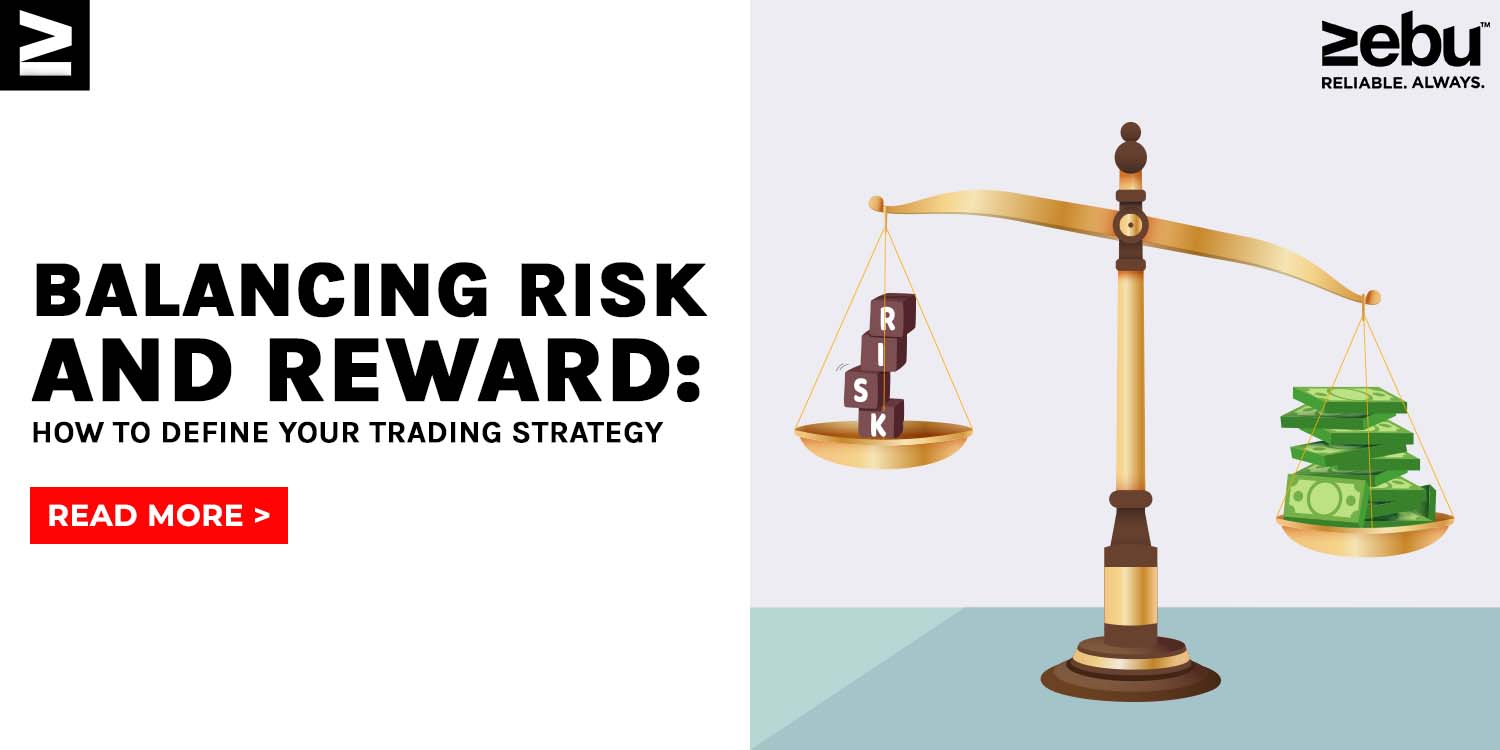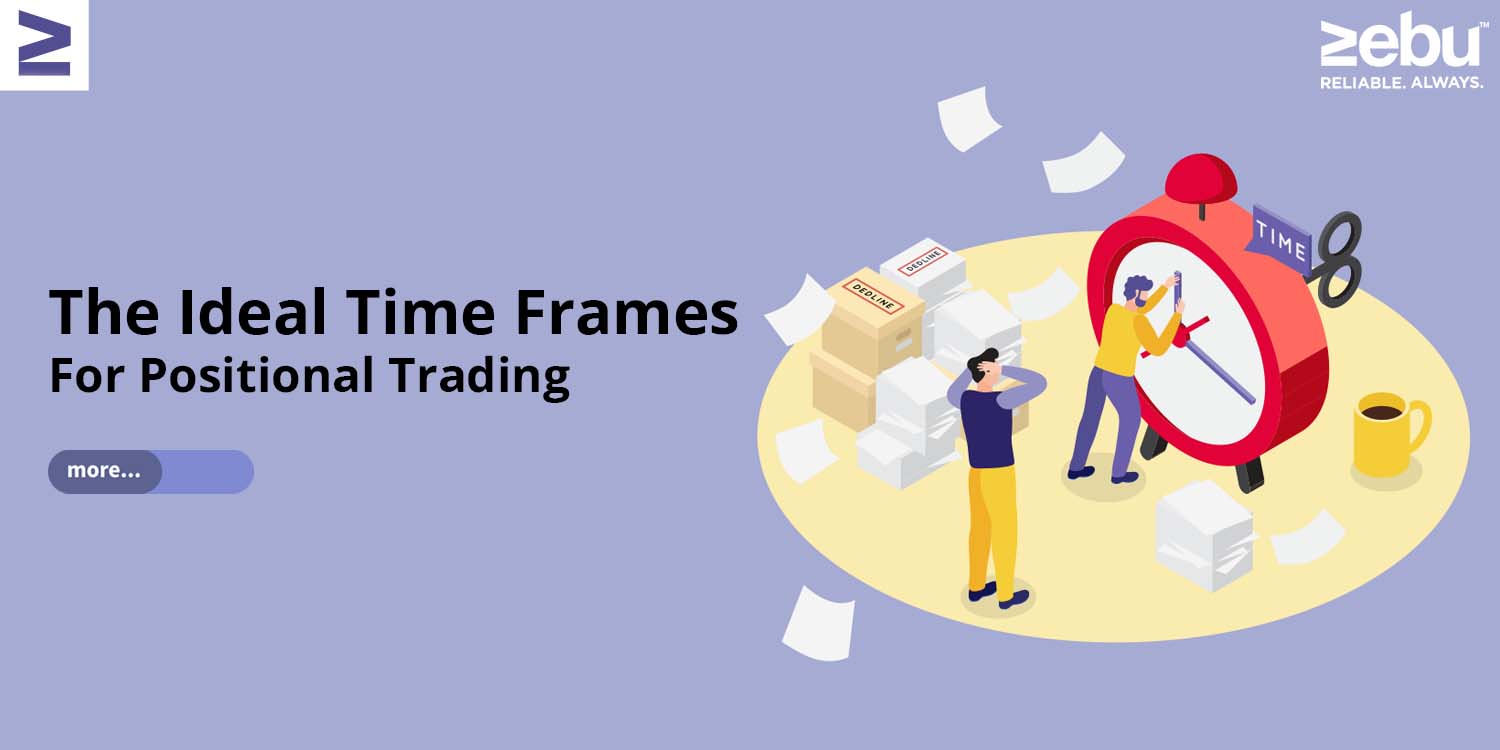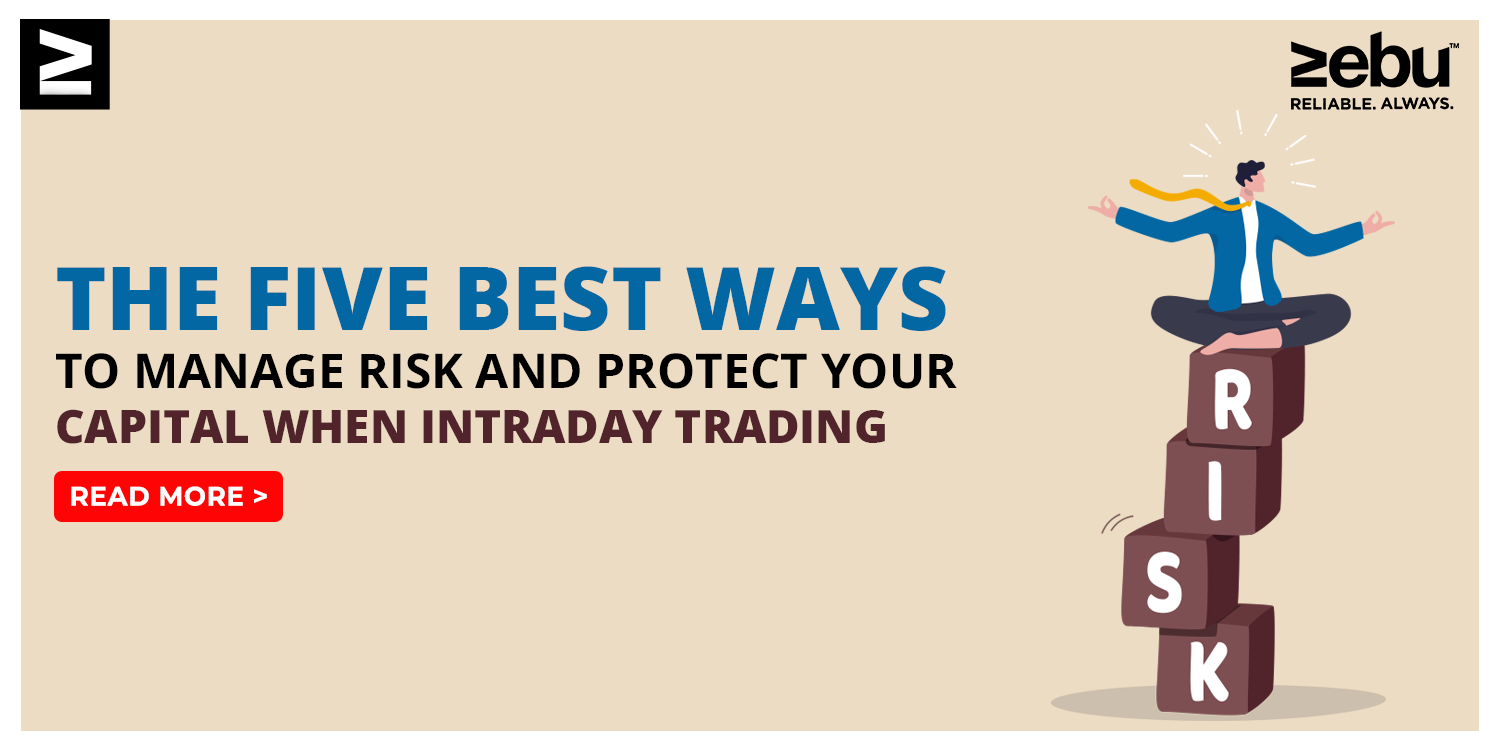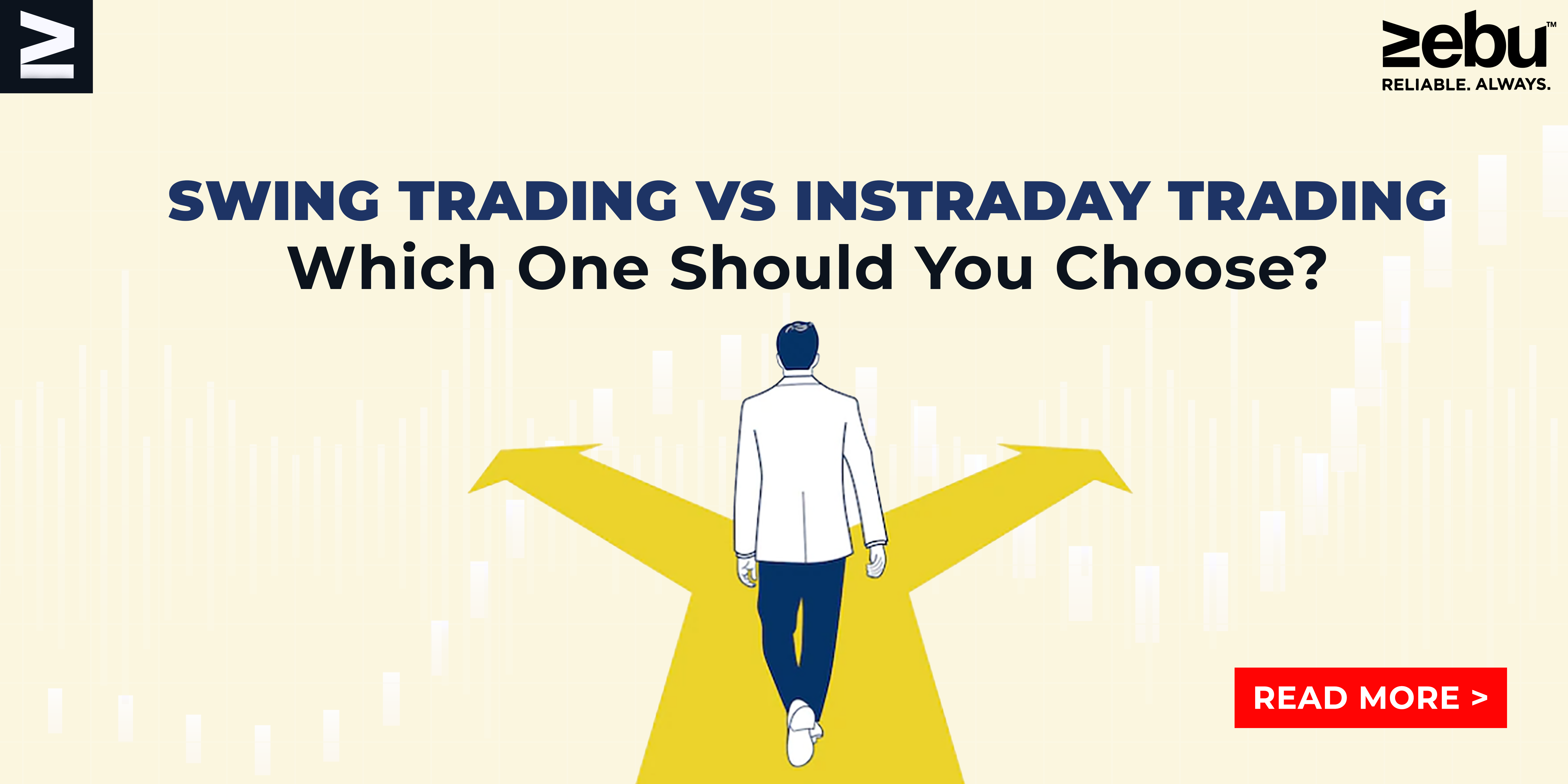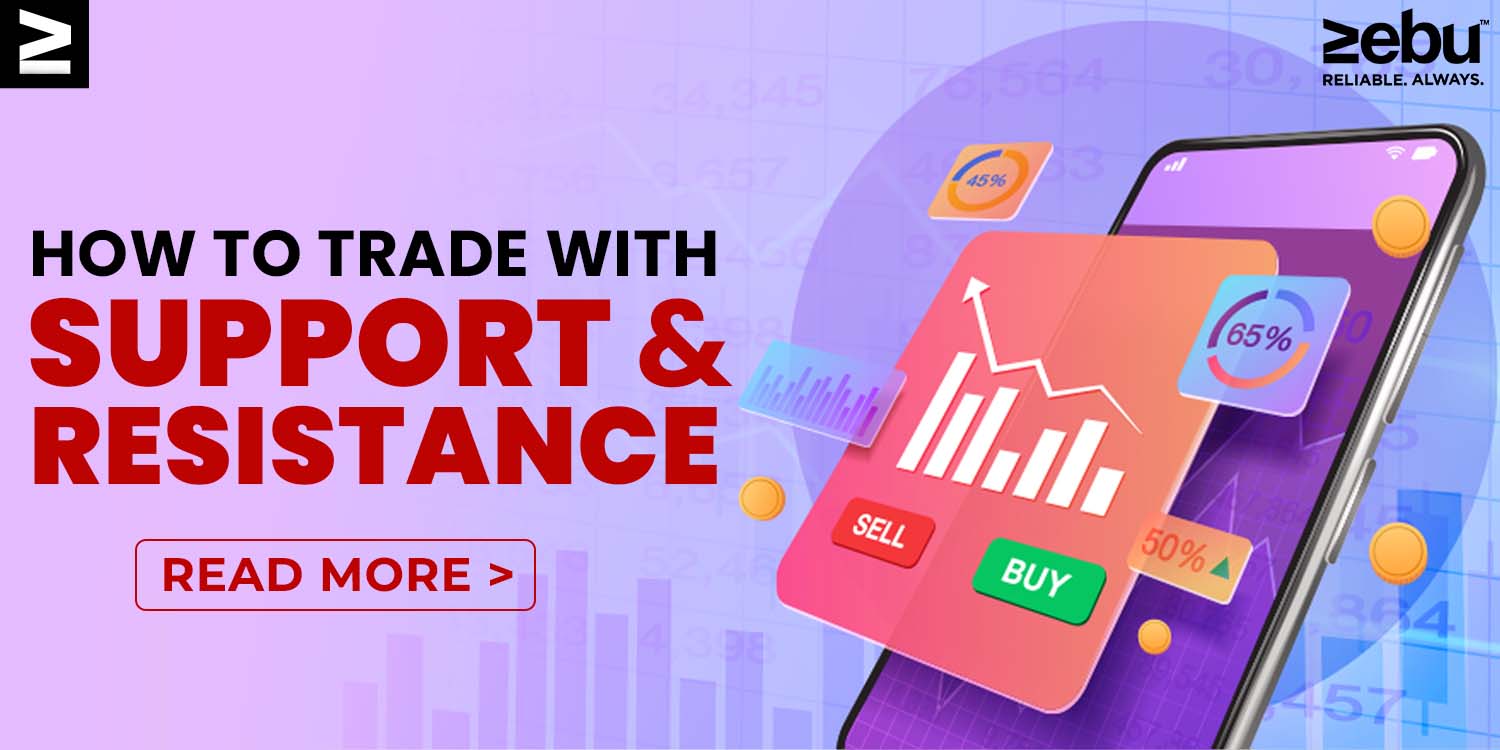
Good day! If you’re new to the stock market, you might have heard about the pursuit of the “holy grail” market strategy, a mythical investment method that ensures earnings and outperforms the market. The reality is that there is no such plan, which is unfortunate.
This is why:
No matter how much expertise or information a person has, they will never be able to predict the stock market with absolute certainty. There are simply too many factors at play, including, among others, current world events, interest rates, and modifications to industry rules. Due to unforeseeable occurrences that have an effect on the market, even the most experienced buyers occasionally suffer unanticipated losses.
Every strategy has advantages and disadvantages: Each business strategy has a distinct collection of advantages and disadvantages. For instance, while some investors may concentrate on value investing, which entails buying stocks that are thought to be undervalued, others may favour growth investing, which entails making investments in businesses that are predicted to experience fast future development. Finding a plan that matches your financial objectives and risk tolerance is crucial.
Future outcomes cannot be predicted by past performance, which is an essential consideration when choosing assets. However, it’s important to keep in mind that past performance does not ensure future success. Many investors make the error of buying into stocks that have recently done well in an effort to replicate prior performance, only to discover that these stocks don’t continue to perform as predicted.
Investing entails danger: Every transaction carries a certain amount of risk. Even the most risk-averse financial plans, like putting money in savings accounts or government bonds, carry some degree of risk. When making stock market purchases, it’s crucial to recognise and control your risk tolerance, spread your holdings, and keep the long term in mind.
Because there is no secret formula that ensures success in the stock market, the quest for the “holy grail” market plan is fruitless. Focus on creating a diversified investment portfolio that is in line with your objectives and risk tolerance rather than trying to find a singular strategy that performs well in all market circumstances. Remember, investing in the stock market takes perseverance, focus, and a long-term outlook.
FAQs
- What does ‘Holy Grail’ trading strategy mean?
A holy grail trading strategy refers to a system that supposedly works in all market conditions and guarantees consistent profits—a perfect method traders dream of.
- Is there a real “Holy Grail” strategy?
No, there isn’t a strategy that always works. Even the best trading strategies need risk management and adaptation to changing markets.
- Which trading strategy is the most successful?
The most successful strategy depends on your style and goals. Trend-following, breakout, and swing trading strategies are often effective when applied consistently.
- Is there a perfect trading strategy that always works?
No strategy is perfect. Market conditions, emotions, and unexpected events mean losses are always possible.
- Why do people still talk about the “Holy Grail” if it doesn’t exist?
Traders hope for a simple solution, so the idea of a “Holy Grail” keeps coming up as a motivational concept rather than a reality.
